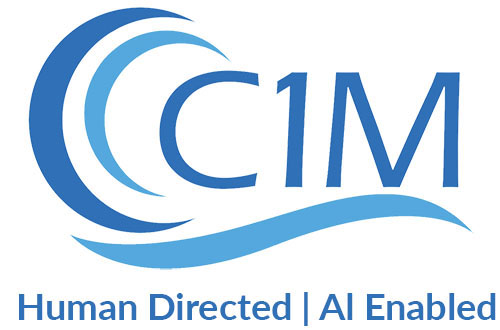
There are countless ways to promote a product, service and brand. Basic word-of-mouth, social media, pay-per-click (PPC) and mail advertisements are all great ways to promote your product.
While some of these techniques may work, others could prove to be nothing more than a financial black hole, draining your resources while leaving you nothing to show for it. You can increase your marketing ROI, by focusing less on outbound techniques and more on inbound.
What is Inbound Marketing?
If you asked ten different marketing professionals what is the definition of inbound marketing, you would probably get ten different answers. Generally speaking, inbound marketing refers to marketing practices that attract customers and clients. In outbound practices, the business or marketer must go out of their way to get the attention of prospects.
Wikipedia summed up the definition of inbound marketing nicely, saying the following:
“Inbound marketing refers to marketing activities that bring visitors in, rather than marketers having to go out to get prospects’ attention. Inbound marketing earns the attention of customers.“
In the old days, businesses focused almost strictly on outbound marketing techniques, such as mail advertisements for instance. An apparel retail store may have sent its subscribers a product catalog in which it advertised its clothing and accessories.
But the times have changed, and now businesses are shifting their efforts to inbound marketing techniques. It’s a cheaper and more effective way to connect with customers and generate sales when compared to outbound techniques. However, there are other reasons to embrace inbound marketing, such as those listed below.
Benefits of Inbound Marketing
According to a 2013 State of Inbound Marketing report, businesses that embrace inbound marketing spend 50% less money to generate leads. If you spend $10 to generate a qualified lead, you can cut costs to just $5 per lead by using inbound marketing tactics.
A 50% cost-savings on lead generation is enormous. You can use the money you saved from inbound marketing for growing your business.
A 2014 follow-up of the same State of Inbound Marketing study found that more than half of all marketers ranked inbound marketing as their primary source of leads. Of course, statistics such as this shouldn’t come as a surprise given the overwhelming response that consumers have to inbound marketing practices.
Consumers today have grown weary of seeing unsolicited advertisements. We are bombarded by advertisements in our email accounts, on television, on the radio and even in our mailboxes. Granted, some people may read these advertisements, but the vast majority ignores them altogether, resulting in no tangible benefit for the respective business.
Using inbound marketing gives consumers the option to reach out to the business if they are interested in its products or services. If a potential customer isn’t interested in the business, they will simply ignore it, without feeling pressured to take action.
Outbound marketing, on the other hand, is a more aggressive approach to advertising, often disrupting potential customers’ normal daily lives and negatively affecting their perspective on the business. Perhaps this is why more than two in three business-to-consumer companies have acquired customers on Facebook. Facebook offers a platform for inbound marketing, as it’s not intrusive and users can control the content they want to see.
Inbound Marketing Tips
Take a look at these tips to ensure your marketing efforts are effective.
Diversify Your Efforts
When promoting your business on social media diversify your efforts across a variety of social media sites. Thinking beyond Facebook will increase brand exposure while allowing you to reach a larger audience. While Facebook remains the King of social media, there are other networks worth noting as well, such as Twitter, Google+, Instagram, Pinterest and even LinkedIn.
Create a Clear Content Generation Strategy
Arguably, one of the most important elements of inbound marketing is content. Content is the driving force that encourages visitors to seek out more information about a business, which is why it’s important to publish high-quality, relevant content on a regular basis.
Businesses should create and follow a content generation strategy for their website, blog, social media and other platforms. Even Google has said that publishing high-quality content is the “single most important” thing that webmasters can do. And when Google makes such a bold statement, it’s best to heed its advice.
Embrace the Mobile Revolution
You can leverage the power of inbound marketing by developing companion mobile apps for your business. Even if the apps serve minimal functionality, they can still be used to connect with your target audience and drive sales. Some of the country’s biggest retailers like Amazon, Walmart and Target have their own apps, attesting to its benefits.
Additional Tips
- Optimize your website for higher search rankings.
- Use software like Infusionsoft to automate some of the steps required for inbound marketing.
- Optimize your website using on-page and off-page SEO tactics.
Did you know that Google processes more than 100 billion global searches every month? If your business website ranks high in Google, it will naturally receive more traffic — traffic that could convert into paying customers. - Measure the effectiveness of your inbound marketing channels. Regardless of which channels you use to promote your business, use analytics software to determine which ones are generating sales and which ones are not.
- When a potential customer leaves a message, respond. Inbound marketing encourages businesses to communicate with their prospects.
Have anything else you want to add? Let us know in the comments section below!


